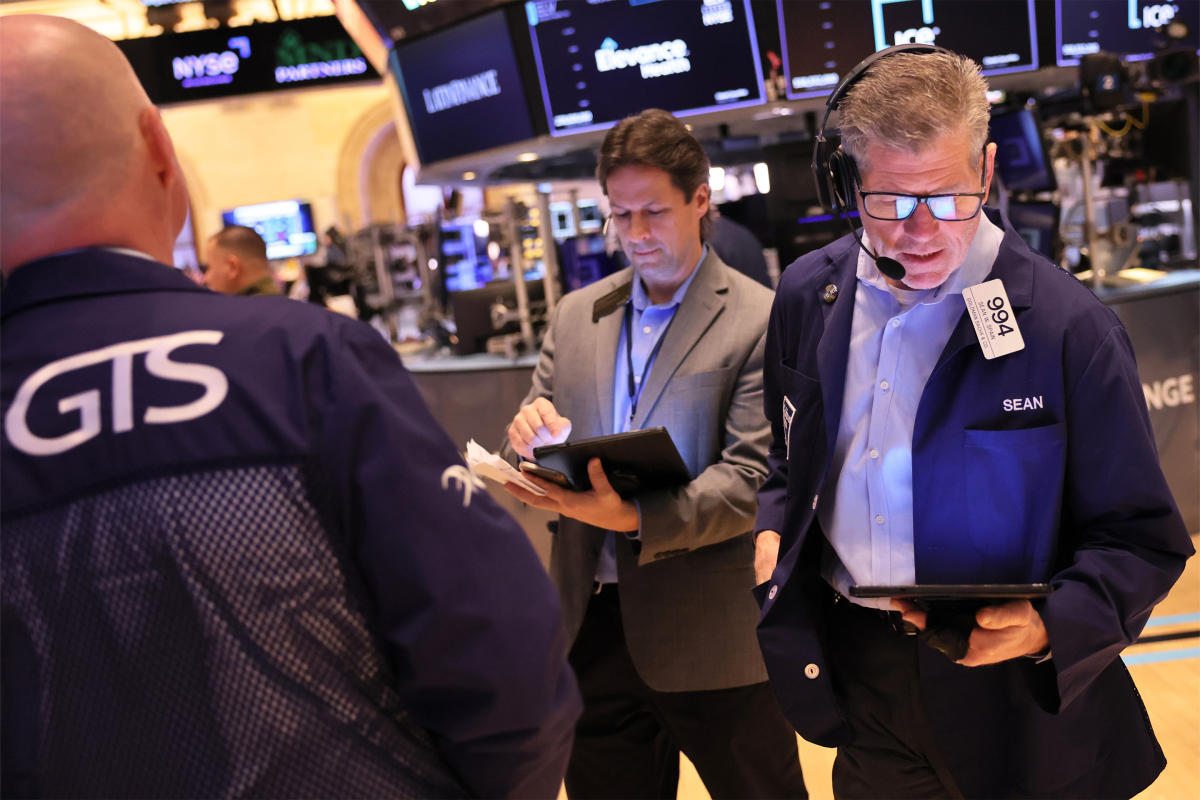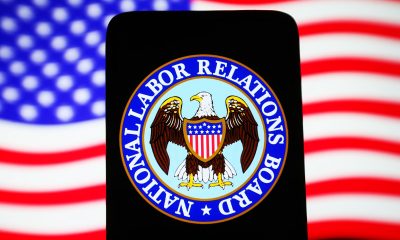Personal Finance
Here’s How Much Money You’d Have if You Bought Stocks When the Market Hit Bottom 14 Years Ago

***Money is not a client of any investment adviser featured on this page. The information provided on this page is for educational purposes only and is not intended as investment advice. Money does not offer advisory services.***
Fourteen years ago, the stock market hit its lowest point in the financial crisis. A look back offers investors a lesson about why it’s so important to avoid panic-selling and to keep your money in the market for the long haul.
Since that low at closing on March 9, 2009, the S&P 500 has rallied 490% as of Wednesday’s close, strategists at Bespoke Investment Group wrote in a note to clients Thursday morning. That’s an annualized return of 13.5% without including dividends, the strategists said.
In other words, a $10,000 investment in the S&P 500 during that low in 2009 would be worth roughly $59,000 now, not including dividends.
“Obviously, returns will look remarkable when you measure them from the absolute low, but what may be even more notable is to look at how an investor would have fared had they gone ‘all-in’ at the highs in October 2007 right before all hell broke loose,” the strategists wrote.
What the data says
Even if you measure from before the absolute low, you see that investors would have reaped significant gains had they stayed in the market.
-
If you had started investing in the S&P 500 on Oct. 9, 2007 (before the plummet), you’d have been down 50% and on your way to a total decline of 57% just over a year later — but by now you’d be up 155%. That’s a 6.3% annualized and again, not including dividends, which means a $10,000 investment at that time would be worth roughly $25,500 without those dividends.
-
J.P. Morgan Asset Management’s 2023 Guide to Retirement released this week also shows the benefits of staying invested in the market: $10,000 invested in the S&P 500 from Jan. 1, 2003, to Dec. 30, 2022, would be worth $64,844 now. But that drops to $29,708 if the investor missed the market’s 10 best days, according to the report.
Money’s advice
“Things weren’t looking good for the market or the global economy back then,” the Bespoke strategists wrote of 2009. But investors who stayed invested through the tough times are now sitting on significant gains compared to those who panicked and pulled their money out of the stock market during a low.
-
Financial advisors tend to recommend a long-term, buy and hold strategy when it comes to investing, as timing the market is extremely hard (even for the professionals on Wall Street).
-
Dollar-cost averaging is a common approach, which entails investing a set amount of money at regular intervals, like $100 every month.
More from Money:
Don’t Panic: 7 Expert Tips for Managing Stock Market Volatility
7 Best Online Stock Trading Platforms
How to Buy Stocks
© Copyright 2023 Money Group, LLC. All Rights Reserved.
This article originally appeared on Money.com and may contain affiliate links for which Money receives compensation. Opinions expressed in this article are the author’s alone, not those of a third-party entity, and have not been reviewed, approved, or otherwise endorsed. Offers may be subject to change without notice. For more information, read Money’s full disclaimer.
Read the full article here

-

 Personal Finance7 days ago
Personal Finance7 days agoGas prices drop as demand for driving fizzles out: AAA
-

 Investing7 days ago
Investing7 days agoCrowdstrike CEO Responds to Causing Largest IT Outage in History
-

 Side Hustles7 days ago
Side Hustles7 days agoHow to Build A Startup, From an Early Lyft, Twitch Investor
-

 Side Hustles7 days ago
Side Hustles7 days agoJake Paul: Mindset Hacks, Mike Tyson Fight, Embracing Fear
-

 Passive Income7 days ago
Passive Income7 days agoThe Top 5 AI Tools That Can Revolutionize Your Workflow and Boost Productivity
-

 Passive Income5 days ago
Passive Income5 days agoNLRB Drops Expanded Joint Employer Appeal
-

 Investing7 days ago
Investing7 days agoBoeing to supply E-7 in first major win since plea deal By Reuters
-

 Side Hustles6 days ago
Side Hustles6 days ago10 Effective Growth Marketing Strategies for Your Startup


















